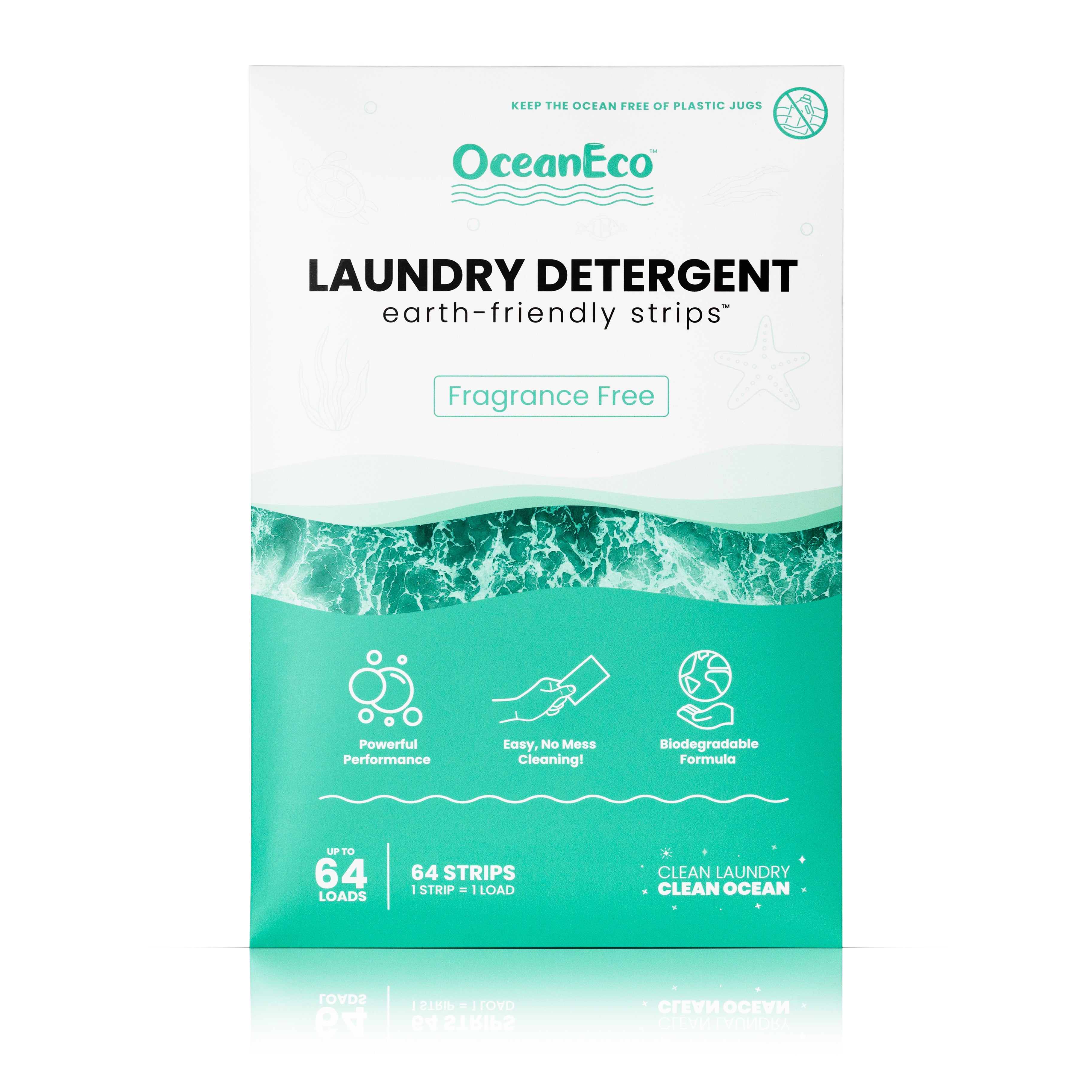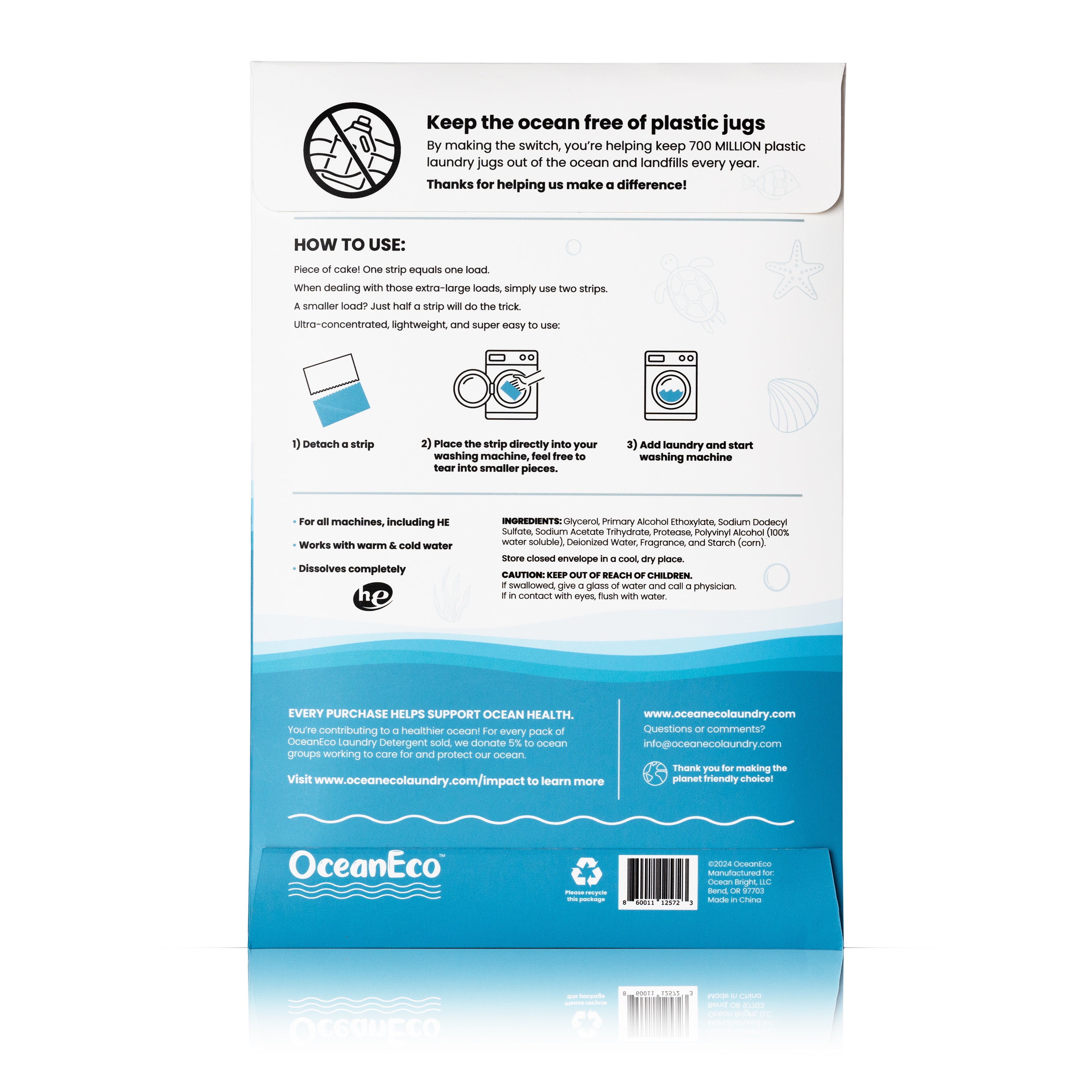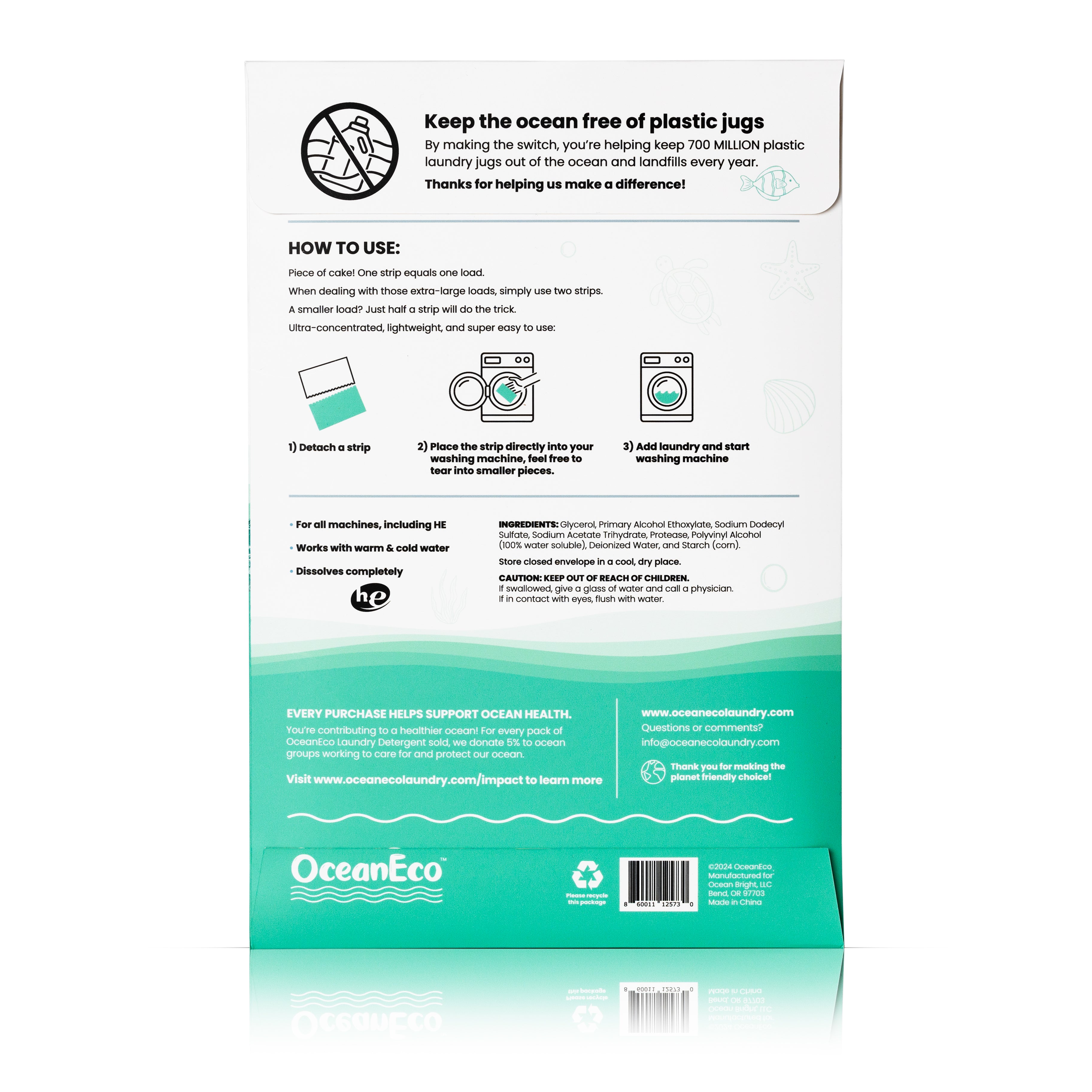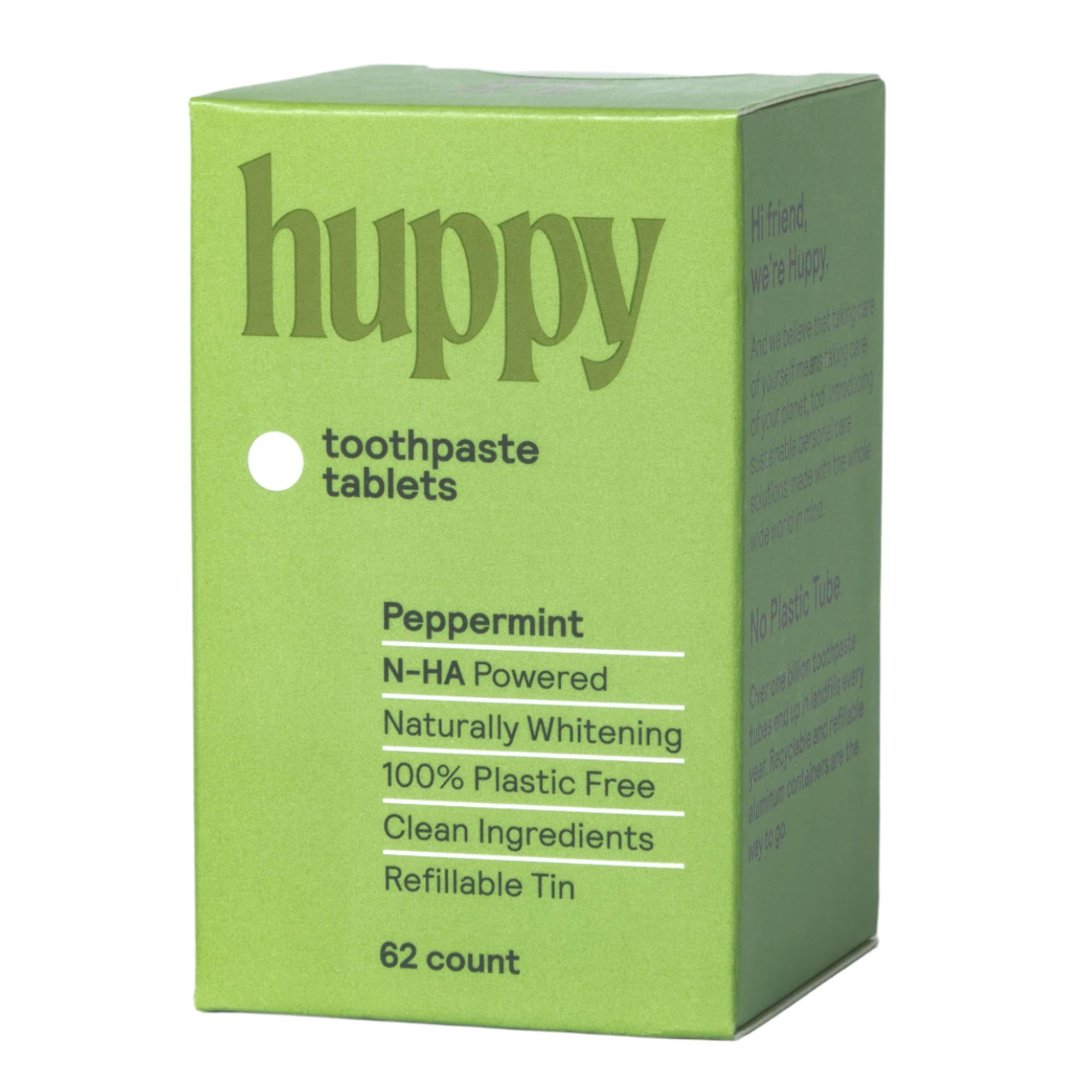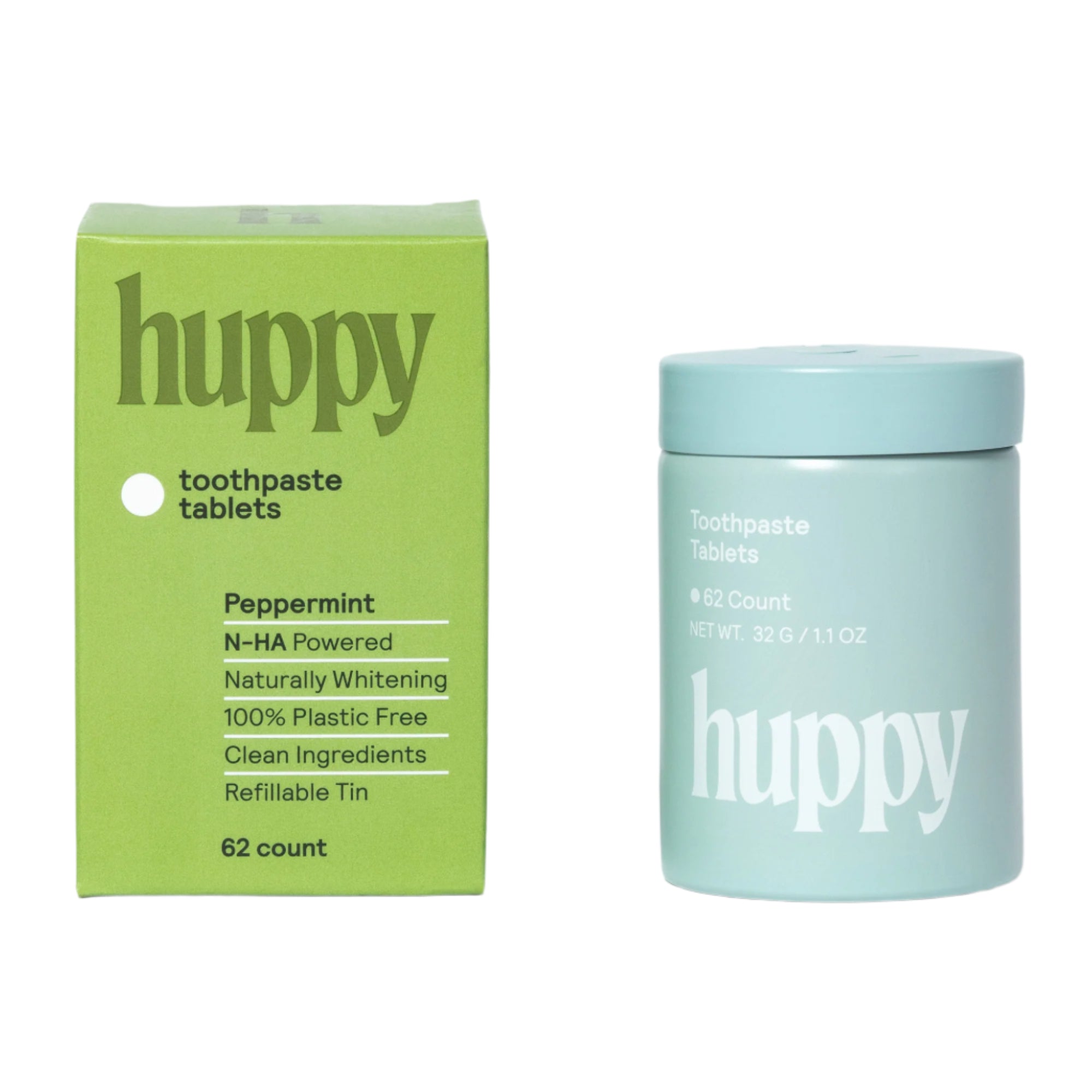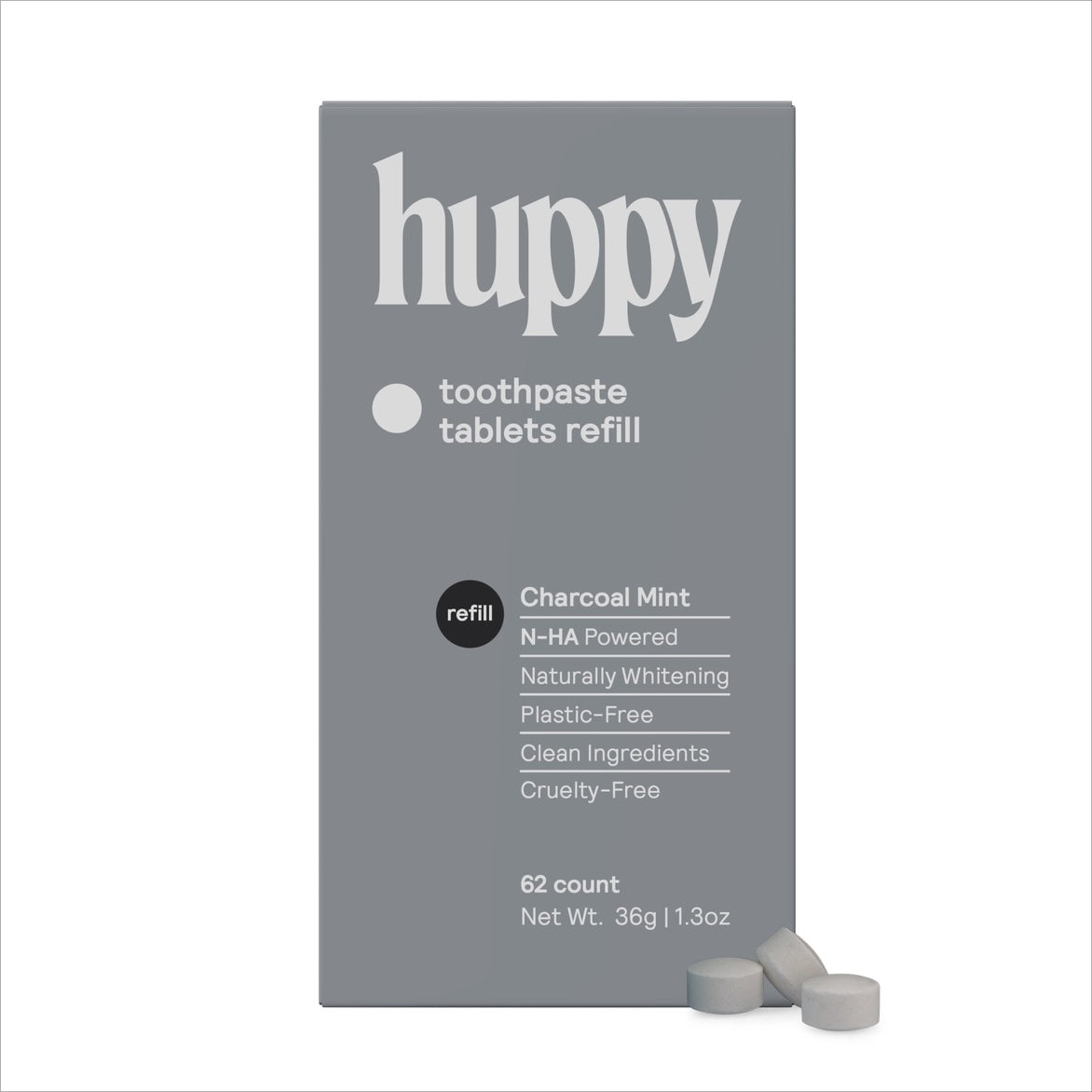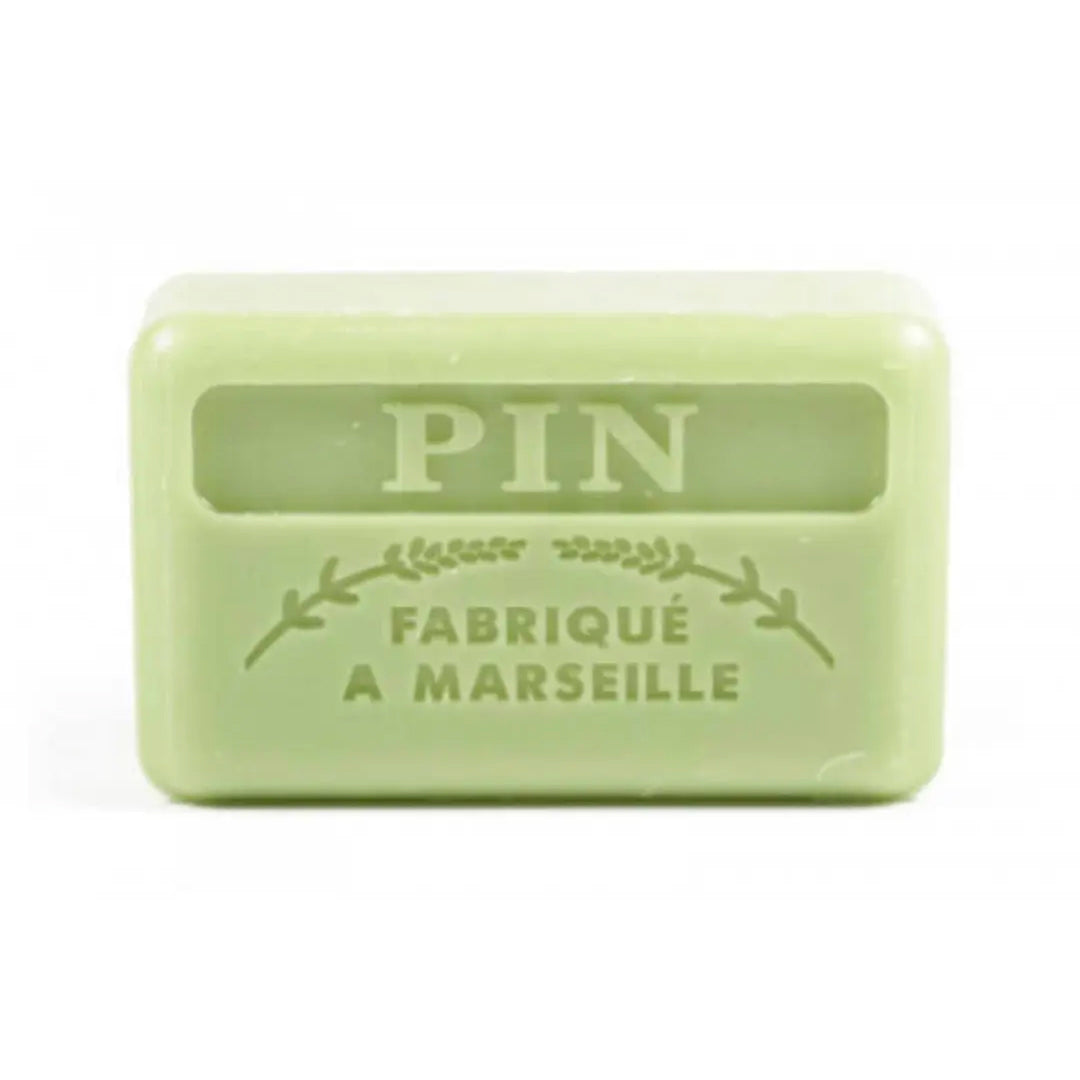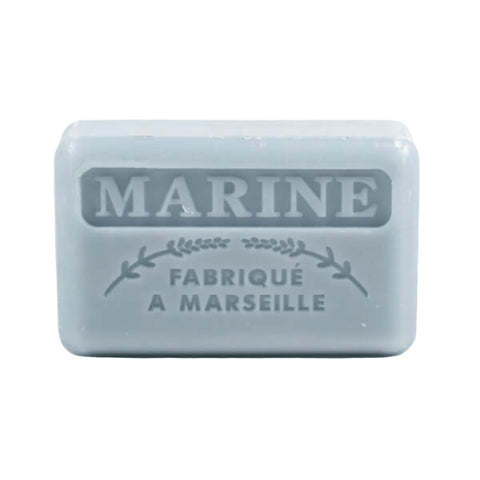Hammerhead Shark Nursery Discovered Beneath Boaters and Jet Skis in Biscayne Bay
Biscayne Bay might be known for its postcard views, but for the great hammerhead shark, it’s something far more vital: a cradle for survival. Tucked against the skyline of downtown Miami, the shallow waters of this subtropical estuary host one of the most unexpected marine sanctuaries on the Atlantic coast.
Here, in the shadow of boats, jet skis, and waterfront condos, young great hammerheads (Sphyrna mokarran) grow up. A long-term study conducted by researchers at the University of Miami has revealed that Biscayne Bay serves as a nursery and seasonal refuge for these critically endangered predators, providing shelter and food throughout nearly every stage of life. As Discover Wildlife reports, juveniles feed primarily on stingrays in the bay, while adults often return in warmer months to hunt and rest.

Biscayne Bay is a vital nursery for great hammerhead sharks.
A Nursery Hidden in Plain Sight
Marine biologist Dr. Catherine Macdonald wasn’t even looking for hammerheads when her team first started netting juveniles in the bay in 2018. The discovery was accidental—but undeniable. As the catches continued, the evidence piled up: Biscayne Bay wasn’t just a stopover. According to NBC Miami, it was a nursery, possibly the first confirmed one for great hammerheads on the entire U.S. Atlantic coast.
This newly recognized one-square-mile zone, wedged between Key Biscayne and Matheson Hammock Park, quickly became the focus of the study. Researchers tagged pups with acoustic transmitters, tracked their movements across the bay, and monitored feeding habits across seasons and age groups.
From Bay Rays to Coastal Reefs
For the first two years of life, juvenile hammerheads rarely leave the bay. Their diet is focused and specific: mostly small stingrays, found in abundance along the sandy bottom. This prey specialization, combined with limited movement, makes young hammerheads especially vulnerable to environmental change and human impact, Dr. Macdonald told University of Miami News.
As hammerheads age into subadults, they begin expanding their range to nearby reefs but often return to Biscayne Bay in late spring and summer. Adults too make seasonal use of the estuary, a sign that this habitat plays an important role in their long-term survival.

Young hammerheads rely on the bay during their first two years.
Human Activity and Hidden Perils
Despite its value to hammerheads, Biscayne Bay is under pressure. Urban runoff, reduced freshwater inflow, and habitat degradation have all impacted water quality. Meanwhile, the area is a hub for recreational boating and fishing. Hammerheads are protected by law, but they still get caught on fishing lines—often by accident. Even when released, the physical stress of capture can be fatal.
As Forbes reports, many hammerheads caught in Biscayne Bay show signs of previous encounters with fishing gear. One juvenile was found with a hook still lodged in its jaw. Another showed clear signs of a collision with a boat propeller.
John Hlavin, lead author of the study and doctoral researcher, told Popular Science that the solution isn’t necessarily banning all activity. It’s about reducing interaction—especially during nursery season from March to July. Even skipping the victory photo when a hammerhead is accidentally caught could help save its life.
Science-Driven Conservation
The research team used non-lethal techniques like stable isotope analysis to study dietary patterns across multiple life stages. These methods, according to University of Miami News, revealed how resource use changes over time—and how critical the bay remains even after sharks mature and migrate. This long-term view is rare in shark research and gives scientists a better understanding of how to protect this vulnerable species.
There’s still a lot we don’t know. Recent findings show some Florida hammerheads migrating as far as Bimini in the Bahamas. Others suggest inbreeding may be increasing, a surprising twist given their wide-ranging nature. All of it points to one thing: these sharks, even as apex predators, are not invincible. Their survival depends on what happens in their earliest home.
One Estuary, Many Species
While this study focused on great hammerheads, early signs suggest Biscayne Bay may also be a nursery for other coastal shark species, like the scalloped hammerhead. As Dr. Macdonald told NBC Miami, it’s not uncommon to see coastal sharks cruising marinas and seawalls. They’ve adapted to our presence. But that doesn’t mean they’re thriving.
The bay’s degradation isn’t just a shark problem. It’s a biodiversity issue. More than 600 animal species rely on Biscayne Bay’s unique ecosystem. When one species suffers, others soon follow.
Protecting nursery habitats like Biscayne Bay isn't just about sharks—it’s about keeping one of Florida’s most ecologically important estuaries alive.









































































































































































































